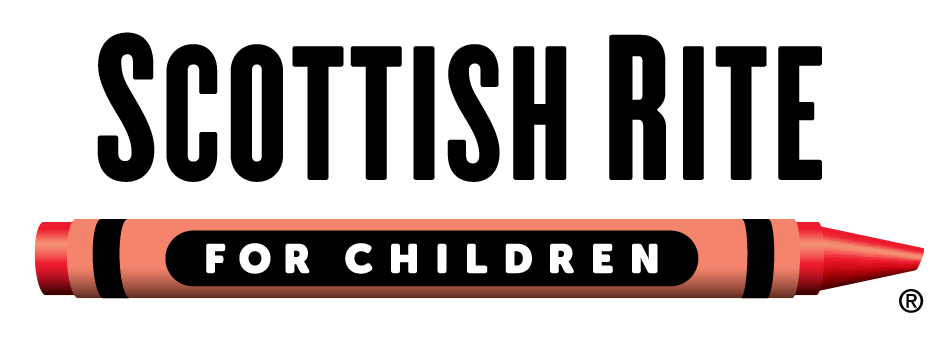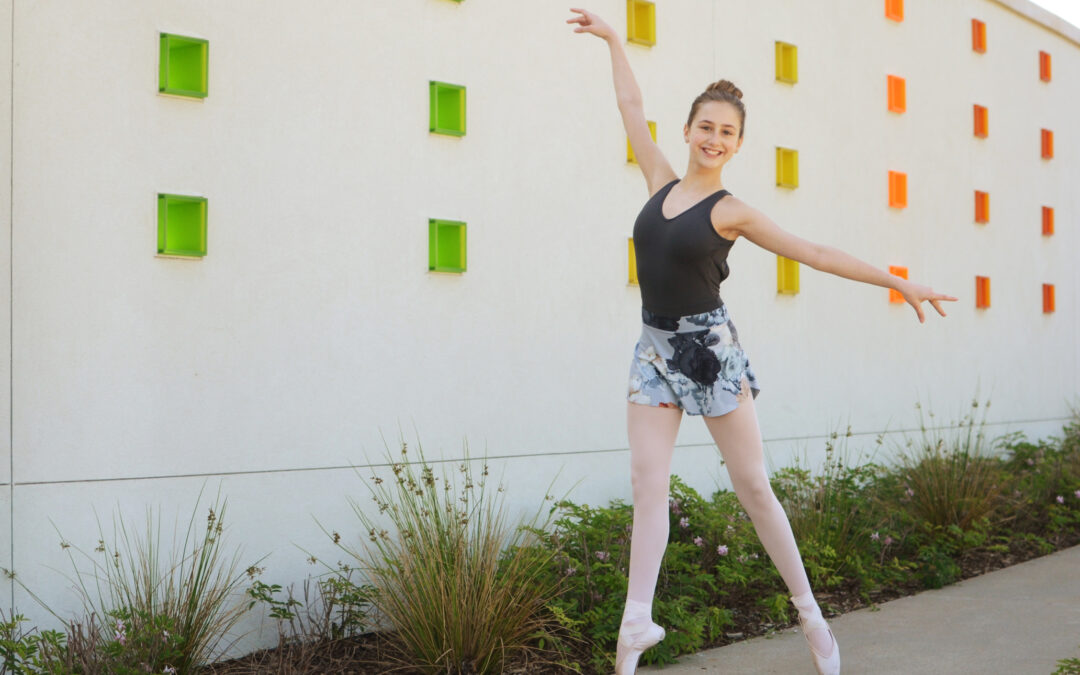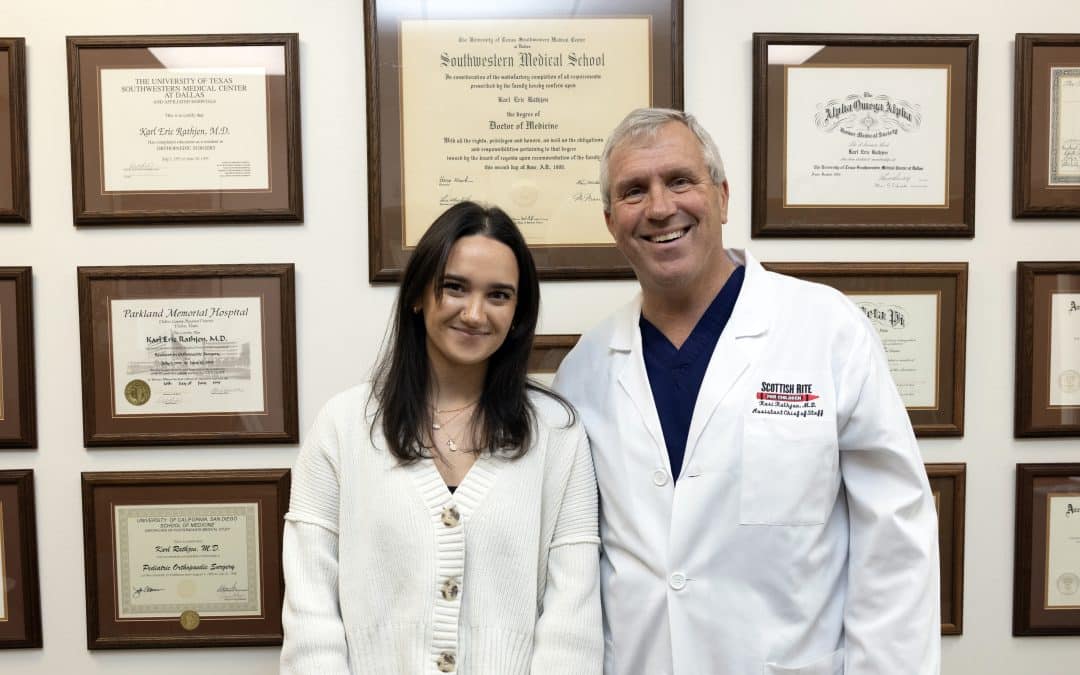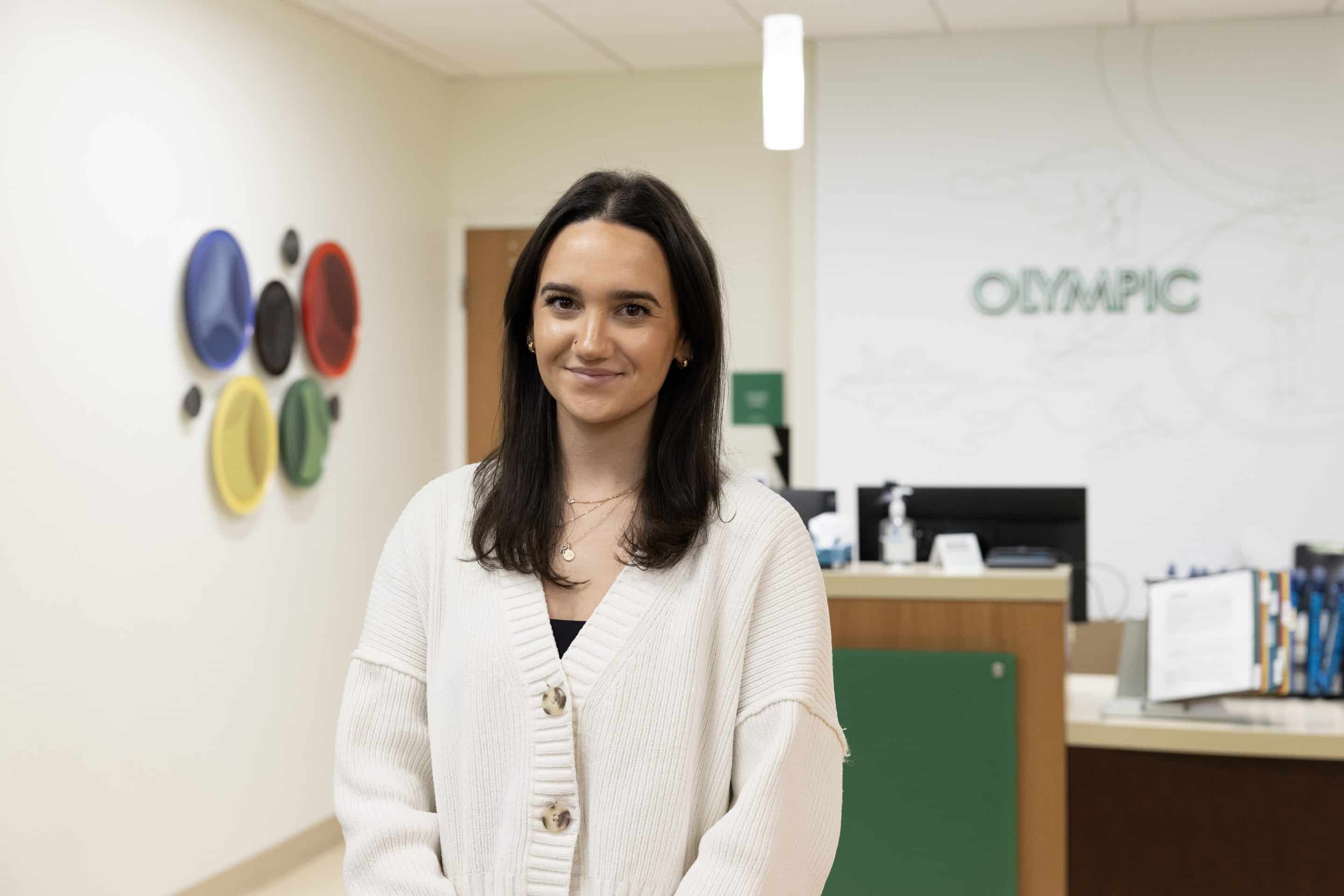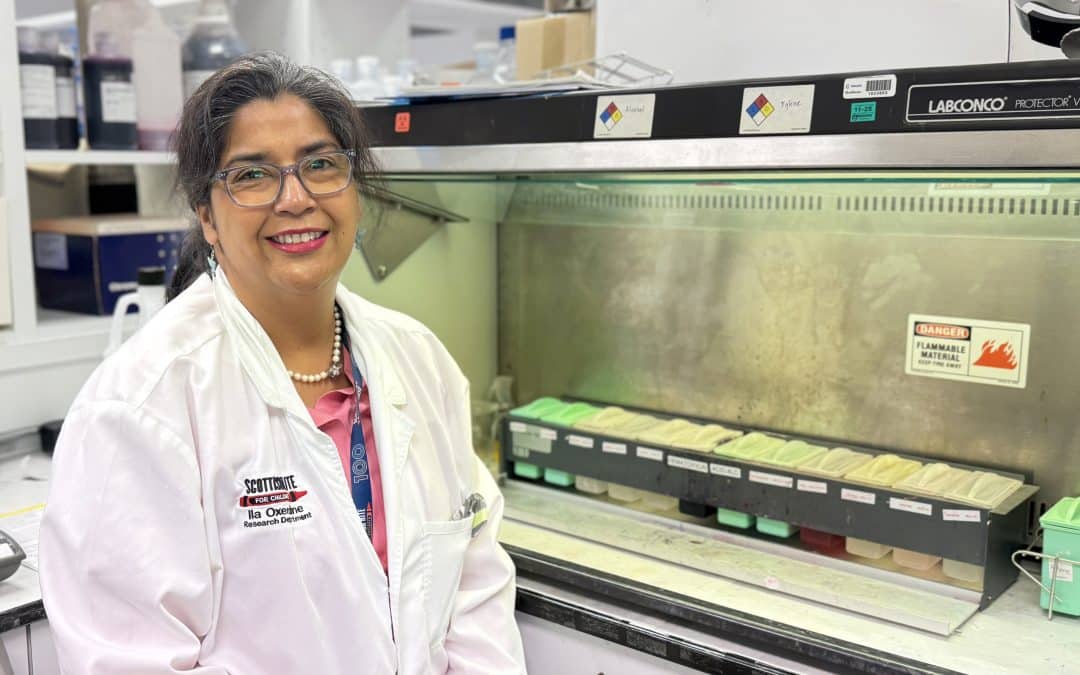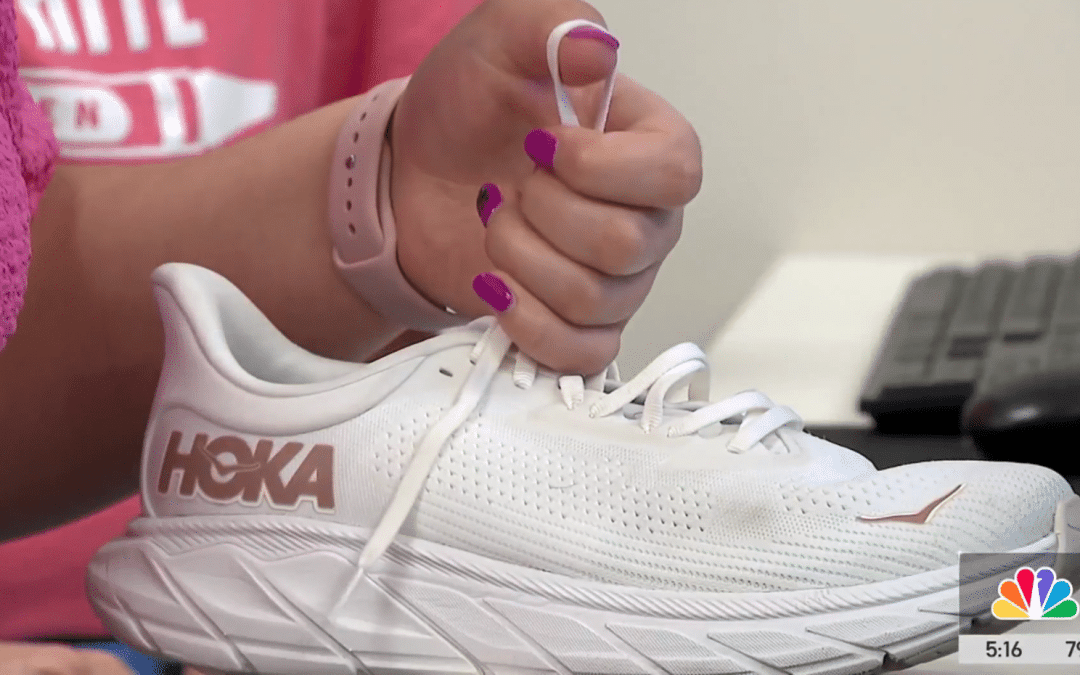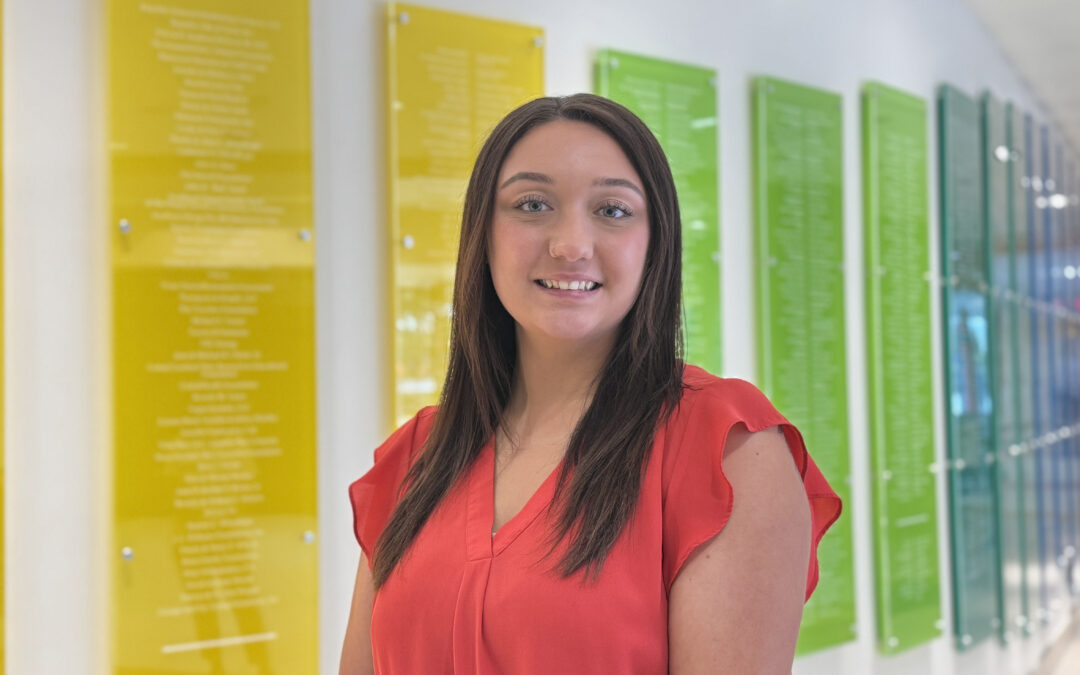
Get to Know Our Staff: Tiffany Thompson, Clinical Research
What is your job title/your role at Scottish Rite?
I am a research coordinator for the spine team. I assist the spine doctors, fellows, residents and students with their research.
What is the most fulfilling part of your job?
I know that what I am doing is making a difference in the lives of the families we care for today and in the future.
What makes Scottish Rite a special place to you?
The atmosphere! I never had a job where you feel how much management truly cares for their employees. They go out of their way to make sure everyone feels included and appreciated.
What made you choose a career in health care?
I always had a special place in my heart for children, and I always pictured myself in a role that helps people. Previously, I worked in wildlife and environmental science. When the opportunity to make a career change arose, I was ready for it!
What is something unique you get to do in your position?
I get to interact with patients and their families. This may not sound unique, but I was not expecting this coming into my role.
What’s your favorite thing to do outside of work?
Spending time with my friends and family.
Where are you from and what brought you to DFW?
I am originally from Dallas and have stayed here because I want to stay close to my family.
If you could travel to anywhere in the world, where would you go and why?
Poland. My family is from there, and I have always wanted to see where we came from.
If you had to pick one meal to eat for the rest of your life, what would it be?
My husband’s barbecue chicken.
What movie do you think everyone should watch at least once?
“Sweet Home Alabama”
What was the first concert you attended?
I went to a Fourth of July bash and saw Vanilla Ice.
If you were to have a movie based on your life, which actress/actor would you choose to play your character?
Alexandra Daddario
What is some advice you would give your younger self OR what’s the best piece of advice you’ve received?
Do not settle on one career path. You should have an open mind and accept any opportunity that comes your way. You never know when the best one will come about.
